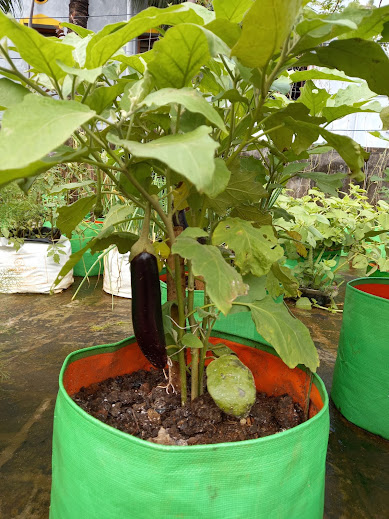How to grow Organic Wheatgrass microgreens at Home

Wheatgrass is rich in vitamin, mineral , anti-oxidents and it boost immunity for our body. Take a bowl of wheat grass seeds and soke the wheatgreens in water overnight . After 12 hours, the wheat grains has absorbed more water and has become bigger in size. Then take a wet cloth and keep the wheat grass seeds wrapped in the wet cloth for the next 48 hours. After 48 hours , open the wrapped wheat grass seeds and they will be sprouted and will be ready to be planted in the growing tray Now take a growing tray with holes on it for drainage of excess water and apply a thin layer of potting medium which made up of equal amount soil and compost over the growing tray. Make sure the soil is free from stones and other waste items. Then spread the sprouted wheat grass seeds over the entire surface of the soil. You can scatter the overlapped seeds with you hand . Water them thoroughly using a water sprayer and do not over water them. But make sure the soil and





